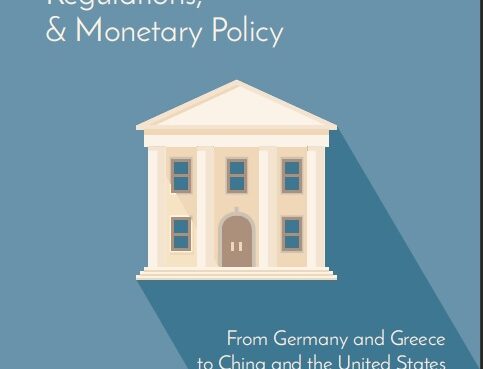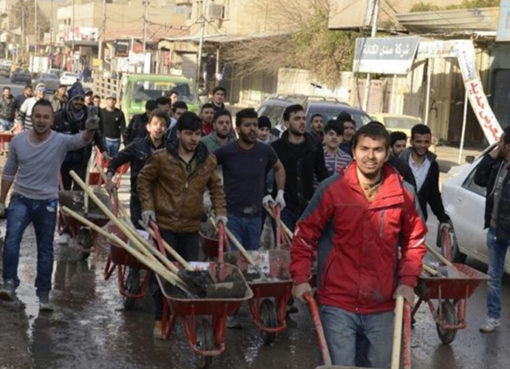Introduction
At no time since the founding of the modern nation of Iraq in 1921 hasthe country faced a greater set of deep-seated and intractable challengesto its fragile state–society relations. In June 2014 the Sunni Arab terror-ist network known in English as the Islamic State of Iraq and Syria (ISIS)conducted a series of highly coordinated and brazen attacks across parts ofcentral and northern Iraq. ey captured several key cities, such as Mosuland Tikrit, effectively expanding their existing strongholds to control vastswathes of territory across both western Iraq and northern Syria. Withtheir roots in earlier iterations of Islamist terrorist groups such as Al Qaedain Iraq, ISIS had effectively harnessed the chaos that engulfed neighbour-ing Syria following its descent into civil war from 2011. Later that sameyear the complete withdrawal of US troops from Iraq aer nearly a decadeof military occupation presented ISIS with a unique opportunity to expandon a scale that they could not have imagined only 12 months earlier. eyknew all too well that the US-led intervention to oust the Ba‘thist regimein 2003 had not led to the promised democracy and stability, but to a seriesof bitterly fought disputes over resources and power. It had unleashed adeadly sectarian conflict, particularly between the Sunni Arab minoritywho had dominated the Iraqi state prior to 2003 and the Shi‘a Arab major-ity who had ascended to unprecedented degrees of political power in the wake of regime change. ISIS therefore sought to exploit the ever-wideninggap between the Sunni Arab parts of Iraqi society and the new Iraqi state.
To continue reading download PDF








Comment here